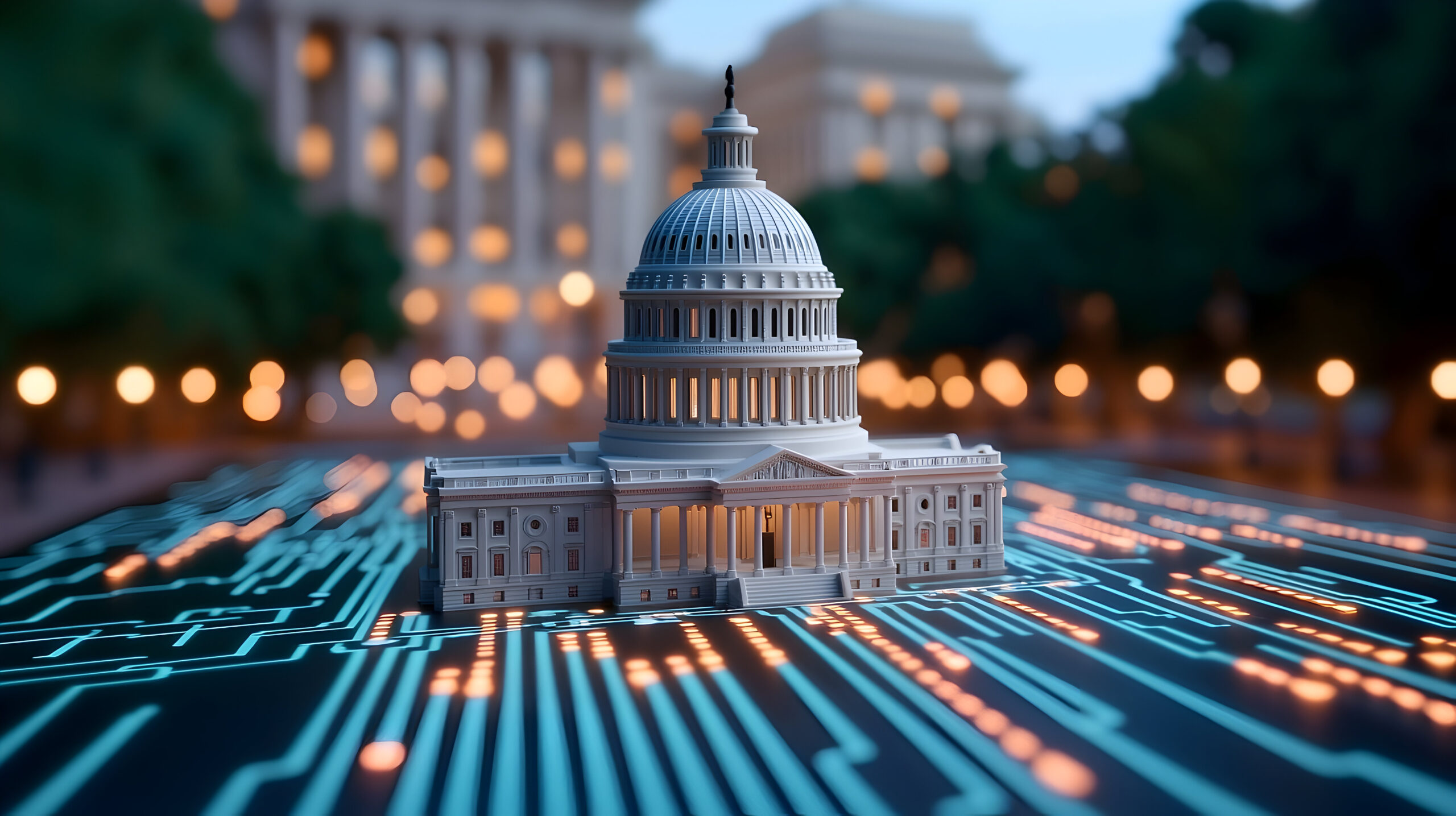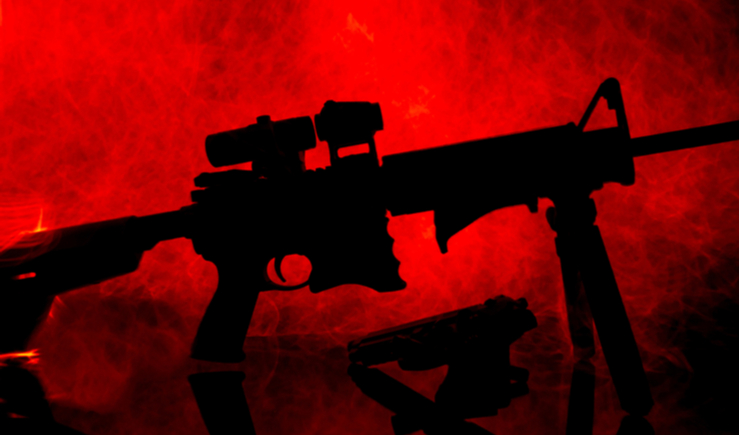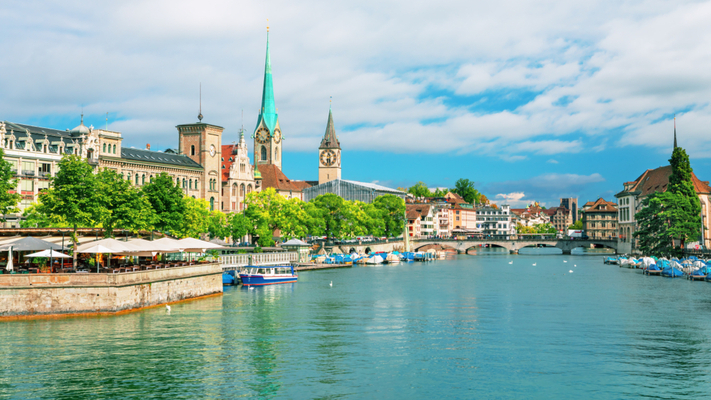
Quid Pro Quo
What drives the progressive left to lionize criminals like Abrego Garcia, champion open borders, oppose increased oil and natural gas production, and oppose almost anything Trump supports? Along the way, the left also prefers to ignore big city crime, support biological men’s usurpation of women’s sports, and oppose eliminating the Iranian nuclear threat.
Currently, there are Trump opponents who now seem to support both what Trump is for and what he is against—at least in a few areas. So, this past week, Donald Trump hosted some of the richest, most powerful—and most liberal—high-tech CEOs in the country at the White House.
These liberal high-tech CEOs have a shared goal, explains Victor Davis Hanson in American Greatness: to ensure U.S. dominance in artificial intelligence, robotics, genetic engineering, cryptocurrency, and nearly every other breakthrough field that has both sparked global competition and involves U.S. national security.
Like Franklin Delano Roosevelt, who, during the early years of World War II, enlisted his ideological foes, mostly the nation’s CEOs, to rearm the virtually defenseless U.S. FDR‘s encouraged them to jump-start the moribund American economy to produce, in a matter of months, the best and most plentiful ships, planes, vehicles, communications, and new military technologies.
Trump and FDR, ideological foes, each held the belief that only private enterprise could rearm and reboot the nation. That is, the captains of industry would become partners with and not adversaries of the government only if they “were infused with patriotic zeal, guaranteed freedom to innovate and adapt, and able to make a profit on their investments.”
Last week Trump assembled Michael Kratsios, the administration’s director of the Office of Science and Technology Policy, along with David Sacks, the billionaire investor and Trump’s cryptocurrency and AI czar. Joining them were Big Tech CEOs like Google’s Sundar Pichai, Arvind Krishna of IBM, former Microsoft CEO Bill Gates, Apple CEO Tim Cook, Meta CEO Mark Zuckerberg, and OpenAI CEO Sam Altman. Elon Musk was not there. His regrets blamed a scheduling conflict.
The challenge is to ensure that the U.S. dominates these emerging fields and thereby establishes American prosperity and national security, continues VDH. A subtle undertone is that China is not allowed by hook or crook to steal U.S. research and development breakthroughs, thereby taking a lead in these fields.
The CEOs must invest their huge profits inside the United States to ensure jobs for Americans and, to the greatest degree, minimize offshoring and outsourcing whenever possible.
Trump is tasked with reassuring CEOs, that under his watch, the government will not pick winners and losers. The government will allow them all to compete on a level playing field, according to VDH.
They will be protected by the government both from European Union ankle-biting regulatory interference and censorship and Washington’s own efforts to micromanage them into stasis. That is the quid. The quo is that the tech leaders must awaken a somnolent U.S. to the technological revolutions underway that will determine the fate of nations in the second half of the 21st century—and then begin producing state-of-the-art products that lead to a more secure and richer U.S.
Remember, readers, September 1939 marks the onset of WWII. What is easily forgotten is that, as Germany invaded Poland, the US military was smaller than those of 18 other nations.
The U.S. Army was less than 200,000 soldiers in size, explains VDH, with only 125,000 sailors in the Navy. In contrast, the German military was already over 1.5 million strong. Its soon-to-be wartime ally, Japan, had under arms 2.5 million combatants, and Italy had another 1.5 million soldiers.
The American army, short on rifles, used broomsticks.
Even after Pearl Harbor, the U.S. lacked both the quality and quantity of German planes, tanks, and artillery.
The Japanese Navy roughly matched the American but enjoyed advantages since it was not responsible for a two-ocean deployment, as were the Americans in both the Atlantic and Pacific. Its fighters, torpedoes, and destroyers were deemed superior to their American counterparts.
Four arduous years later, the US military boasted 12 million in size, and the US Navy had “more ships and tonnage than all the navies of the world combined.” As for the US Air Force, they were larger than all other air forces combined.
- (The US Army) possessed the most lethal weapons of the war—the atomic bomb, the massive B-29 bomber, and an array of thousands of superb fighter planes.
- The Navy grew to over 125 fleet, light, and escort aircraft carriers.
- At the end of the war, American battleships, carriers, submarines, fighter aircraft, and transport vehicles were the most numerous and best in the world. By 1945, the American gross domestic product was likewise larger than all the economies of all the belligerents combined.
What propelled the US to begin as an isolationist and disarmed country, still mired in the Great Depression, to become the most powerful and best-armed nation in world history? All this in less than four years.
… neo-socialist president Franklin Delano Roosevelt pivoted by abandoning the New Deal statist control of the economy. Instead, FDR allowed the captains of industry to unleash (rearm) the United States in the way that they thought best.
General Motors, for example, rounded up corporate CEOs and allotted them areas of industry. Then, with FDR’s blessing, turned them loose. Roosevelt also appointed his former political enemies to a variety of boards.
Soon, Henry Ford was building one B-24 bomber an hour at the huge Willow Run plant in Michigan.
Kaiser launched a Liberty cargo ship every few days in his West Coast shipyards.
By war’s end, the industrialists had built 300,000 planes and over 14,000 warships and cargo vessels.
FDR had a straightforward message to our country’s then CEOs: (1) employ initiatives, expertise, and resources to outproduce the enemy and (2) catch up and surpass their lead in the quality of arms.
FDR gave the CEOs wide latitude to profit. He fast-tracked zoning and building permits. He urged CEOs to use their initiative to coordinate with each other. The CEOs were not hindered by warnings and red tape. Instead, VDH reminds us, they were given the latitude to make better and more plentiful weapons than the Germans, Italians, and Japanese combined.
… they did just that and left a model for our own generation to follow …
If you’re willing to fight for Main Street America, click here to sign up for the Richardcyoung.com free weekly email.







